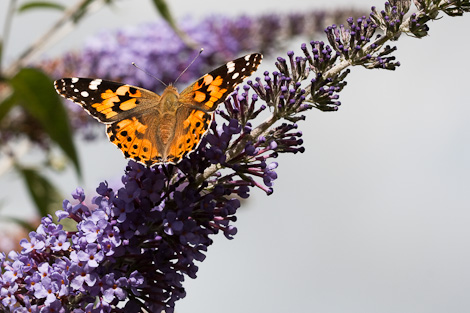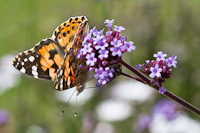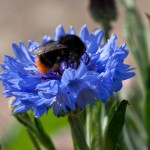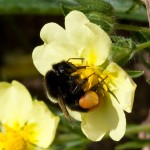I decided that following on from the surveys conducted by external agencies, I should start doing regular audits / walkrounds of the site. The aim is to find ways of saving energy and money as well as checking the general housekeeping of the site. I had downloaded some guides from the Carbon Trust website, but, as with so many things in life, never got round to reading them. I had a browse through them today, but found nothing profound and so came up with the following plan:
1. Divide the warehouse into 5 main areas; main office, warehouses, plant control rooms, other occupied areas (such as tea room, other offices, maintenance workshop) and the outside. ( I will freely admit, I left the outside for another week as it was raining.)
2. Look at lighting, heating or cooling, appliances and good or bad practices.
3. Create a sheet for each area with sections for comments and observations of things for further investigation. I will see how these work out and change them if I feel the need.
OK, nothing earth shattering there, but the Carbon Trust didn’t have any better ideas. I am going to try to do a walk round at different times (today was lunchtime) including weekends, and obviously, at different times of the year.
So, the survey. I have been round the site quite a few times in the last 10 years, so was not sure I would find many unexpected things. Unfortunately, as expected the main issues I found were all down to employees’ inability to switch anything off!
Every light within a 10 mile radius of the plant seemed to be on (OK, slight exaggeration, I had turned my office light off) – in fact I only found a couple of areas where the lights weren’t a-blazin’. How many people were working in the plant rooms – zero. In fact, in one of the areas someone from the maintenance team suggested motion detectors to control the lights because they were incapable of turning them off!
In terms of heating and cooling, I wasn’t expecting too many issues as the temperature was mild but only in the low 20s outside. So I found one large portable cooling unit left on whilst everyone was on lunch, a fan going in the plant room which no one occupies unless they are doing maintenance and, almost as worryingly, the air conditioning on in the conference room – I don’t think there had been any meetings in there for at least a week!
Appliances – no surprises here. It seems as though each indivdual had their own radio – I came across at least 7 and only two of them were near anyone who was working. Other than the radios, there were computers not in use that were left on, and torches left on charge.
So, nothing major that I could find on a quick survey, and, nothing, that couldn’t be changed, it justs needs some employee engagement, timers and power down adapters for docking stations (oh, and some motion detectors and a big stick!).
I do have a number of other things that I need to understand better such as water purifiers and compressors which are on all the time, whether we need them or not, as well as the health and safety implications of adding in motion detectors in parts of the building. My next step though is to quantify the potential savings and relate them to profits – after all, £25 a year wasted by leaving a photocopier on doesn’t sound like much does it?





